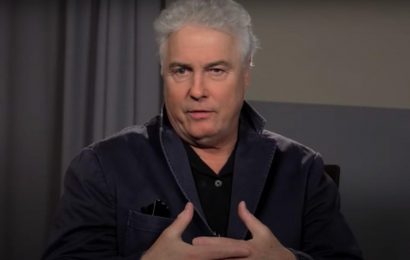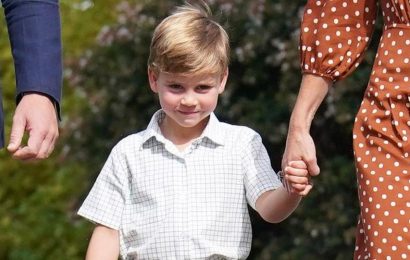In the new documentary Good Night Oppy, the Mars Opportunity rover becomes the scrappy robot that could: an instrument platform that trundles across a rusty landscape millions of miles away, searching for alien life signs, and outlasts its own projected existence by almost 15 years.
But none of the affection that audiences feel for this unsinkable machine would exist if not for Opportunity’s people — “our human-being characters,” as director Ryan White fondly called the celebrated mission’s engineers, scientists and programmers. Without them, “it is just a box of bolts and wires,” he said at Deadline’s Contenders Documentary event that also featured the film’s Oscar-winning sound designer, Mark Mangini, and Emmy-winning composer, Blake Neely.
Related Story
Audiences Are Applauding Amazon's 'Wildcat' For Tackling Mental Illness Head-On — Contenders Documentary
RELATED: The Contenders Documentary – Deadline’s Full Coverage
In theaters now in limited release and streaming on Prime Video, the film from Amblin Entertainment and Amazon Studios is narrated by Angela Bassett and was the standout in November at the Critics Choice Documentary Awards, netting five trophies including the top honor, Gold for Best Documentary Feature.
White called Opportunity — “Oppy” to its creators and caretakers — a stand-in for all the adventurers at NASA who would love to go to Mars themselves. “But since they can’t, she is our little intrepid, bold explorer out there doing the things we can’t do ourselves” he said, “And so we project our own aspirations, our own emotions, our own fears, onto the rovers.”
NASA launched Opportunity and its twin, Spirit, in 2003 and landed them months later on opposite sides of Mars in order to survey, photograph and poke at their surroundings. Oppy folows both. Spirit got stuck in sand in 2009 and stopped communicating with teams on Earth in 2010. Opportunity rolled on for another eight years, sending pictures, data and ground-sample analysis that deepened knowledge of the Red Planet and guided science for future missions. Its last contact with home was in June 2018.
RELATED: ‘Good Night Oppy’s Ryan White On Turning The Mars Rover Expedition Into A Thrilling Cross Between ‘Wall-E’ And ‘The Martian’
The filmmakers drew on the technological prowess of two California institutions to help create the film: NASA’s Jet Propulsion Laboratory in Pasadena provided reams of rover footage, and George Lucas’ Industrial Light & Magic in San Francisco turned the raw visual data into the film’s photorealistic settings.
Two-time Oscar-winning sound designer Mangini, working on his first documentary, said NASA gave him Martian surface audio from a later mission, Perseverance (since Opportunity had no microphones), and let him record rover prototypes to give the onscreen Opportunity a vocabulary of mechanical noises.
RELATED: ‘Good Night Oppy’ Telluride Review: A Mission To Mars Becomes A Heartfelt Documentary From Amazon And Amblin
Neely said that as composer he treated the Opportunity and Spirit robots as individuals an audience would embrace — a mandate that he also said entailed scoring “two death scenes,” one for each rover.
“My job was to make you believe in Oppy through the use of real sound,” Mangini said. “But Blake made you care about Oppy, and that was essential to our film.”
Check back Wednesday for the panel video.
Must Read Stories
Sacha Baron Cohen’s Borat Singes Trump, Kanye, Anti-Semitism At Kennedy Center Honors
Amber Heard Appeals $10M Johnny Depp Defamation Verdict; Wants Reversal Or New Trial
Spike Lee, Andrew Dominik, Akshay Kumar, Guy Ritchie, Red Carpet & More
See All The Panels From Deadline’s Awards-Season Event
Read More About:
Source: Read Full Article











